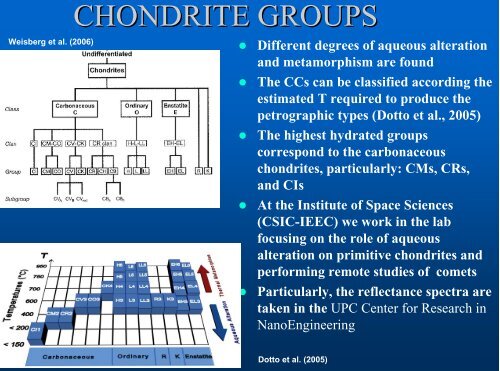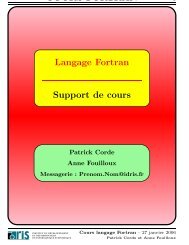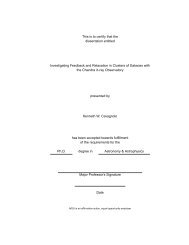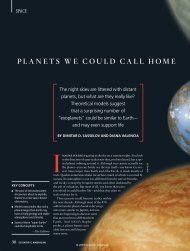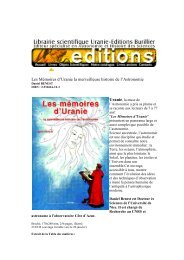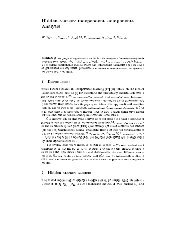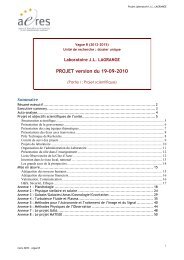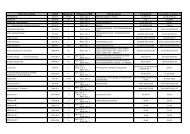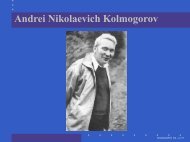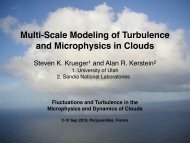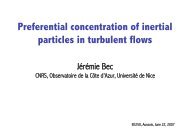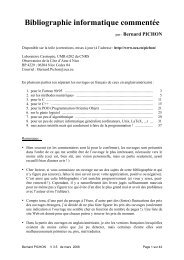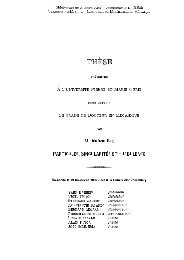ââLearning about the degree of aqueous alteration of NEOs from ...
ââLearning about the degree of aqueous alteration of NEOs from ...
ââLearning about the degree of aqueous alteration of NEOs from ...
You also want an ePaper? Increase the reach of your titles
YUMPU automatically turns print PDFs into web optimized ePapers that Google loves.
CHONDRITE GROUPS<br />
Weisberg et al. (2006)<br />
• Different <strong>degree</strong>s <strong>of</strong> <strong>aqueous</strong> <strong>alteration</strong><br />
and metamorphism are found<br />
• The CCs can be classified according <strong>the</strong><br />
estimated T required to produce <strong>the</strong><br />
petrographic types (Dotto et al., 2005)<br />
• The highest hydrated groups<br />
correspond to <strong>the</strong> carbonaceous<br />
chondrites, particularly: CMs, CRs,<br />
and CIs<br />
• At <strong>the</strong> Institute <strong>of</strong> Space Sciences<br />
(CSIC-IEEC) we work in <strong>the</strong> lab<br />
focusing on <strong>the</strong> role <strong>of</strong> <strong>aqueous</strong><br />
<strong>alteration</strong> on primitive chondrites and<br />
performing remote studies <strong>of</strong> comets<br />
• Particularly, <strong>the</strong> reflectance spectra are<br />
taken in <strong>the</strong> UPC Center for Research in<br />
NanoEngineering<br />
Dotto et al. (2005)


